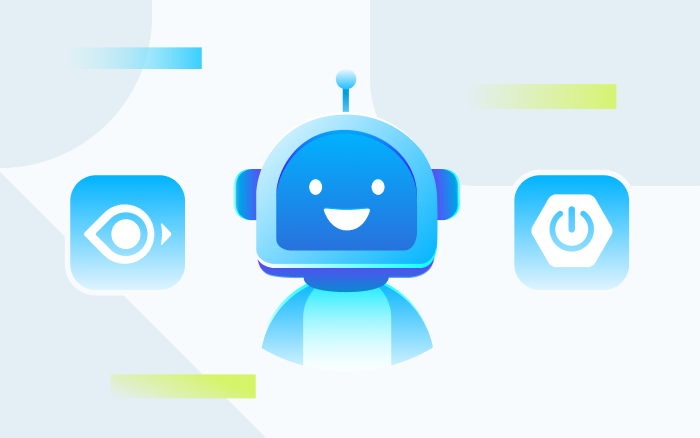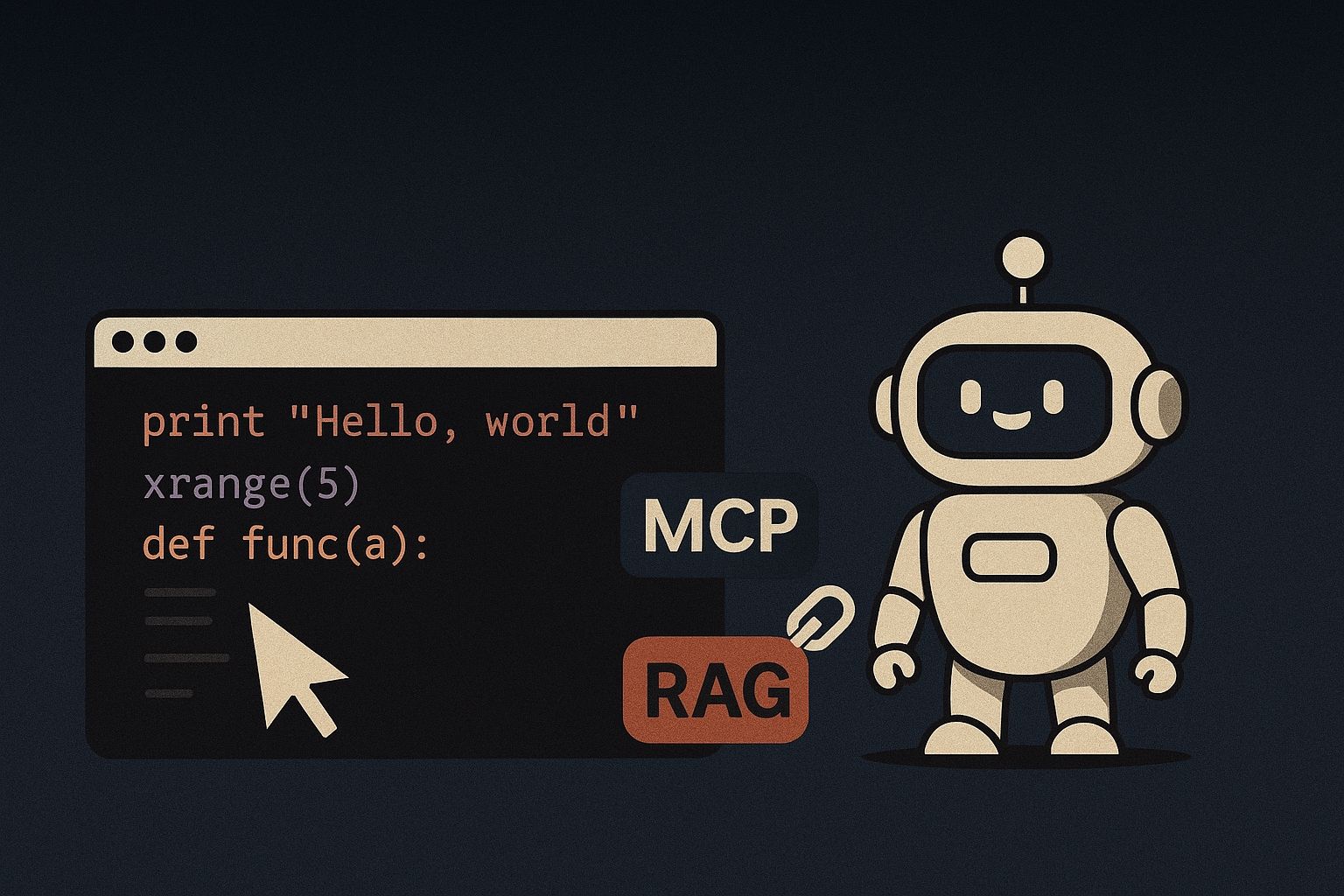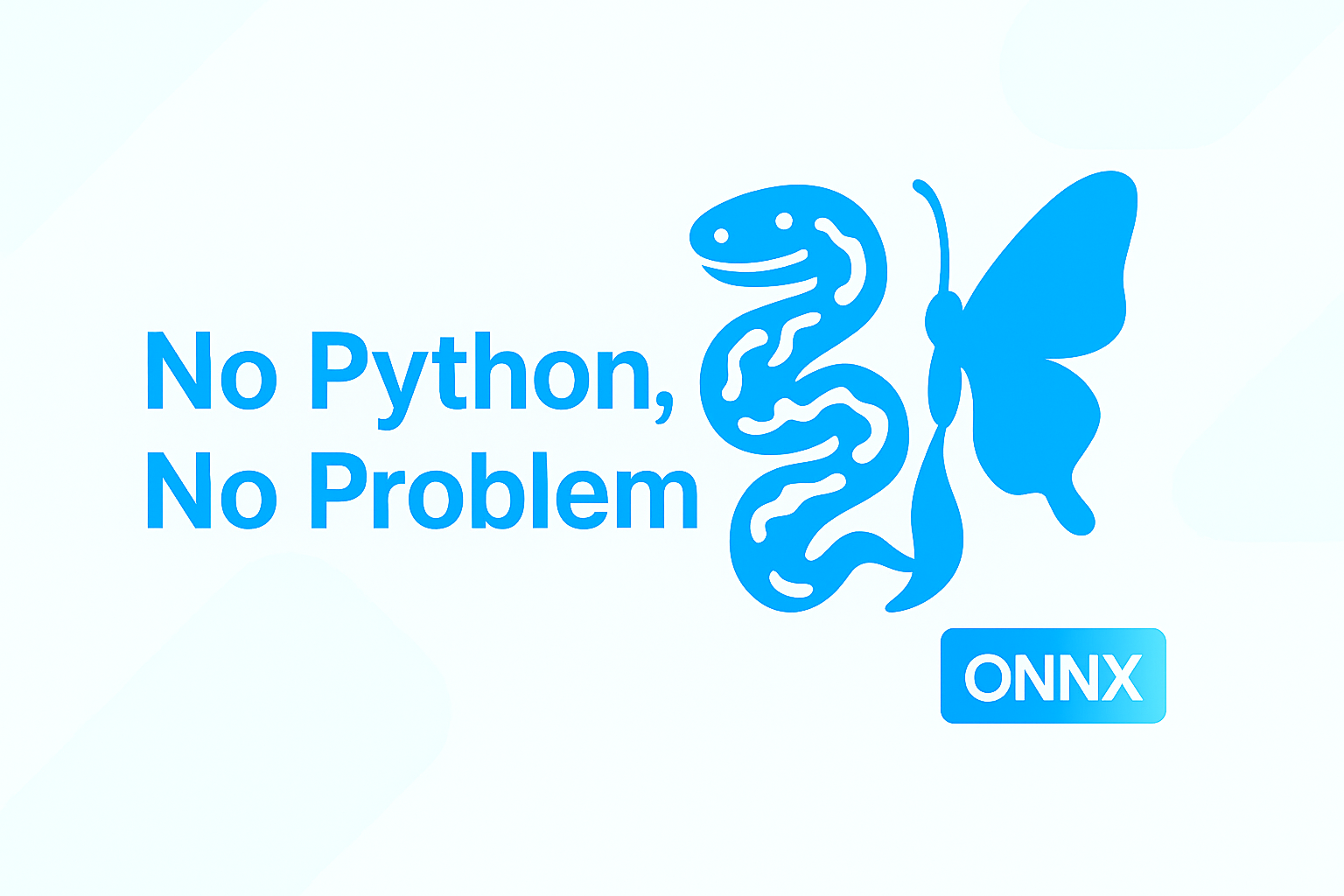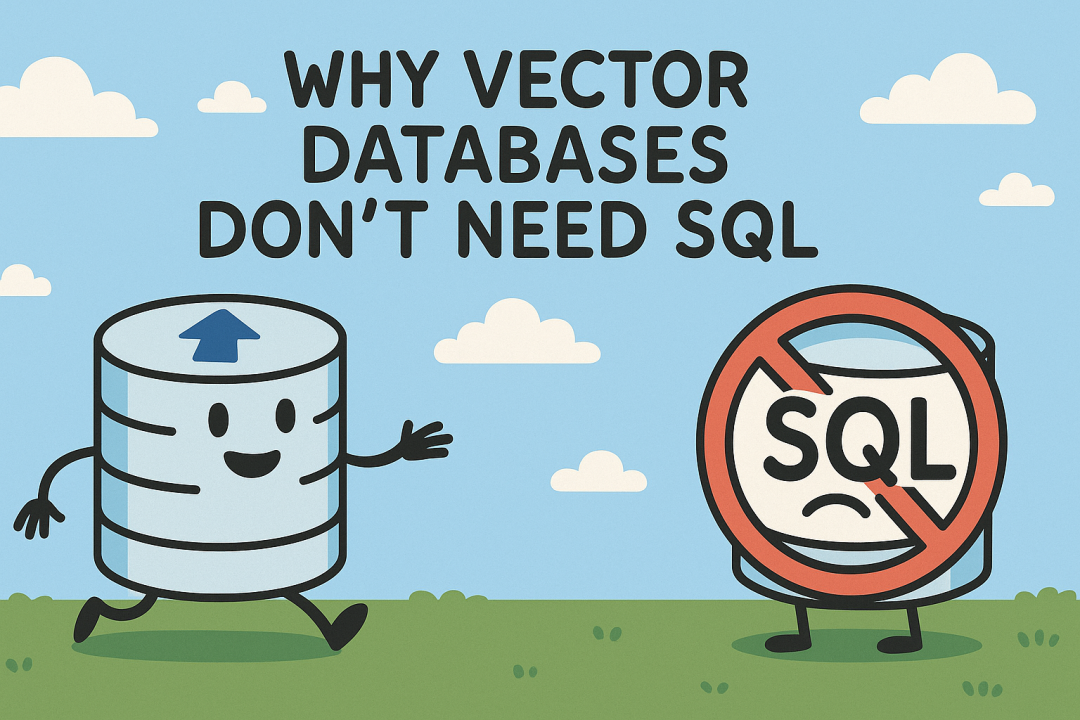Claude Code vs Gemini CLI: Which One’s the Real Dev Co-Pilot?
Your IDE is bloated. Your coding assistant is outdated. And you’re still stuck right-clicking to refactor? Welcome to the CLI renaissance.
AI code assistants are evolving from gimmicks to go-to tools and developers are taking sides. Beyond the startup sensation Cursor, Anthropic’s Claude Code brings precision and polish. Google’s Gemini CLI? Fast, free, and hungry for context. Both promise to make natural language the new shell scripting. So which one should you trust to refactor your next repo?
From what I’ve seen, Claude Code had the early lead. But the game changed fast. After Gemini CLI launched, developers flocked to it—racking up 15.1k GitHub stars within 24 hours. As of now, it’s soared past 55,000 stars and counting. Amazing!
Here’s my quick takeaway on why so many developers are excited about Gemini CLI:
It’s open source under Apache 2.0 and completely free: Gemini CLI connects to Google’s top-tier Gemini 2.0 Flash model at no cost. Simply log in with your personal Google account to access Gemini Code Assist. During the preview period, you get up to 60 requests per minute and 1,000 daily requests—all free of charge.
It’s a true multi-task powerhouse: Beyond programming (its strongest suit), it handles file management, content generation, script control, and even Deep Research capabilities.
It’s lightweight: You can seamlessly embed it in terminal scripts or use it as a standalone agent.
It offers long context length: With 1 million tokens of context (roughly 750,000 words), it can ingest entire codebases for smaller projects in a single pass.
Why Developers Are Ditching IDEs for AI-Powered Terminals
Why is there such enthusiasm for these terminal-based tools? As developers, you’ve probably felt this pain: Traditional IDEs pack impressive features, but they come with workflow complexity that kills momentum. Want to refactor a single function? You need to select the code, right-click for the context menu, navigate to “Refactor,” choose the specific refactoring type, configure options in a dialog box, and finally apply changes.
Terminal AI tools have changed this workflow by streamlining all operations into natural language commands. Instead of memorizing command syntax, you simply say: "Help me refactor this function to improve readability," and watch as the tool handles the entire process.
This isn’t just convenience—it’s a fundamental shift in how we think. Complex technical operations become natural language conversations, freeing us to focus on business logic rather than the mechanics of tools.
Claude Code or Gemini CLI? Choose Your Co-Pilot Wisely
Since Claude Code is also quite popular and easy to use and has previously dominated adoption, how does it compare to the new Gemini CLI? How should we choose between the two? Let’s take a closer look at these AI coding tools.
1. Cost: Free vs Paid
Gemini CLI is completely free with any Google account, providing 1,000 requests per day and 60 requests per minute, with no billing setup required.
Claude Code requires an active Anthropic subscription and follows a pay-per-use model, but includes enterprise-level security and support that’s valuable for commercial projects.
2. Context Window: How Much Code Can It See?
Gemini CLI: 1 million tokens (roughly 750,000 words)
Claude Code: Approximately 200,000 tokens (about 150,000 words)
Larger context windows enable models to reference more input content when generating responses. They also help maintain conversation coherence in multi-turn dialogues, giving the model better memory of your entire conversation.
Essentially, Gemini CLI can analyze your entire small-to-medium project in a single session, making it ideal for comprehending large codebases and cross-file relationships. Claude Code works better when you’re focusing on specific files or functions.
3. Code Quality vs Speed
| Feature | Gemini CLI | Claude Code | Notes |
| Coding speed | 8.5/10 | 7.2/10 | Gemini generates code faster |
| Coding quality | 7.8/10 | 9.1/10 | Claude generates higher quality code |
| Error handling | 7.5/10 | 8.8/10 | Claude is better at error handling |
| Context understanding | 9.2/10 | 7.9/10 | Gemini has longer memory |
| Multilingual support | 8.9/10 | 8.5/10 | Both are excellent |
Gemini CLI generates code faster and excels at understanding large contexts, making it great for rapid prototyping.
Claude Code nails precision and error handling, making it better suited for production environments where code quality is critical.
4. Platform Support: Where Can You Run It?
Gemini CLI works equally well across Windows, macOS, and Linux from day one.
Claude Code was optimized for macOS first, and while it runs on other platforms, the best experience is still on Mac.
5. Authentication and Access
Claude Code requires an active Anthropic subscription (Pro, Max, Team, or Enterprise) or API access through AWS Bedrock/Vertex AI. This means you need to set up billing before you can start using it.
Gemini CLI offers a generous free plan for individual Google account holders, including 1,000 free requests per day and 60 requests per minute to the full-featured Gemini 2.0 Flash model. Users requiring higher limits or specific models can upgrade via API keys.
6. Feature Comparison Overview
| Feature | Claude Code | Gemini CLI |
| Context Window Length | 200K tokens | 1M tokens |
| Multimodal Support | Limited | Powerful (images, PDFs, etc.) |
| Code Understanding | Excellent | Excellent |
| Tool Integration | Basic | Rich (MCP Servers) |
| Security | Enterprise-grade | Standard |
| Free Requests | Limited | 60/min, 1000/day |
When to Choose Claude Code vs Gemini CLI?
Now that we’ve compared the key features of both tools, here are my takeaways on when to choose each:
Choose Gemini CLI if:
Cost-effectiveness and rapid experimentation are priorities
You’re working on large projects that need massive context windows
You love cutting-edge, open-source tools
Cross-platform compatibility is crucial
You want powerful multimodal capabilities
Choose Claude Code if:
You need high-quality code generation
You’re building mission-critical commercial applications
Enterprise-level support is non-negotiable
Code quality trumps cost considerations
You’re primarily working on macOS
Claude Code vs. Gemini CLI: Setup and Best Practices
Now that we have a basic understanding of the capabilities of these two terminal AI tools, let’s take a closer look at how to get started with them and the best practices.
Claude Code Setup and Best Practices
Installation: Claude Code requires npm and Node.js version 18 or higher.
# Install Claude Code on your system
npm install -g @anthropic-ai/claude-code
# Set up API key
claude config set api-key YOUR_API_KEY
# Verify installation was successful
claude --version
# Launch Claude Code
Claude
****
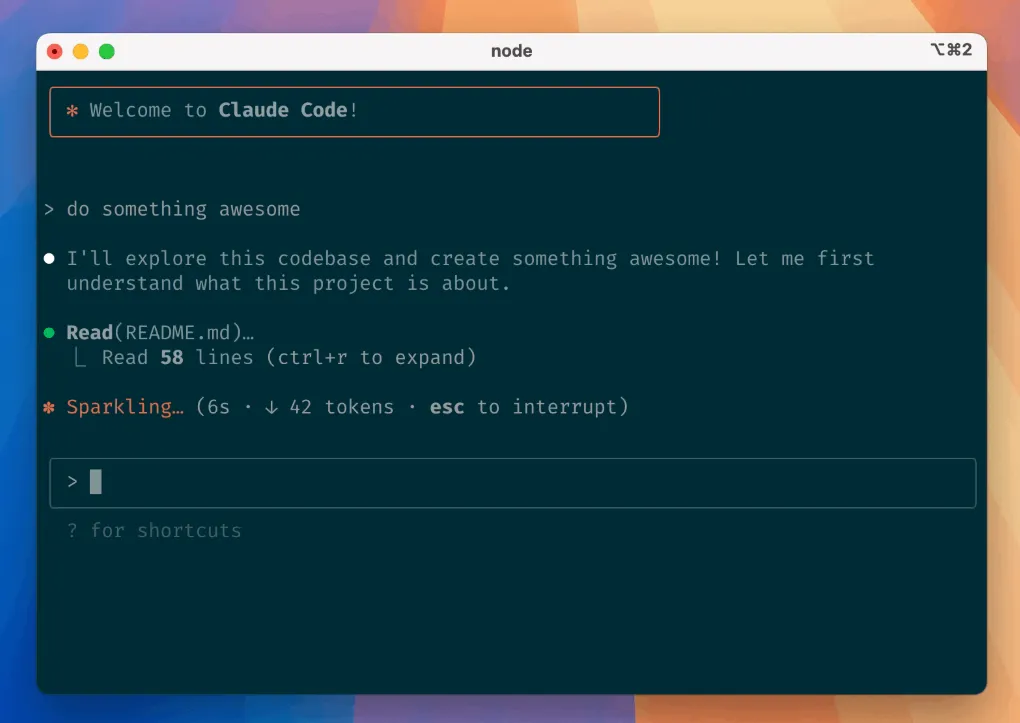 ****
****
Best Practices for Claude Code:
- Start with architecture understanding: When approaching a new project, have Claude Code help you understand the overall structure first using natural language.
# Let Claude analyze project architecture
> Analyze the main architectural components of this project
# Understand security mechanisms
> What security measures does this system have?
# Get code overview
> Give me an overview of this codebase
- Be specific and provide context: The more context you give, the more accurate Claude Code’s suggestions will be.
# Implement specific features
> Implement an initial version for GitHub issue #123
# Code migration
> Help me migrate this codebase to the latest Java version, first create a plan
# Code refactoring
> Refactor this function to make it more readable and maintainable
- Use it for debugging and optimization:
# Error analysis
> What caused this error? How can we fix it?
# Performance optimization
> Analyze the performance bottlenecks in this code
# Code review
> Review this pull request and point out potential issues
Summary:
Use progressive learning by starting with simple code explanations, then gradually moving to more complex code generation tasks
Maintain conversation context since Claude Code remembers earlier discussions
Provide feedback using the
bugcommand to report issues and help improve the toolStay security-conscious by reviewing data collection policies and exercising caution with sensitive code
Gemini CLI Setup and Best Practices
Installation: Like Claude Code, Gemini CLI requires npm and Node.js version 18 or higher.
# Install Gemini CLI
npm install -g @google/gemini-cli
# Login to your Google account
gemini auth login
# Verify installation
gemini --version
# Launch Gemini CLI
Gemini
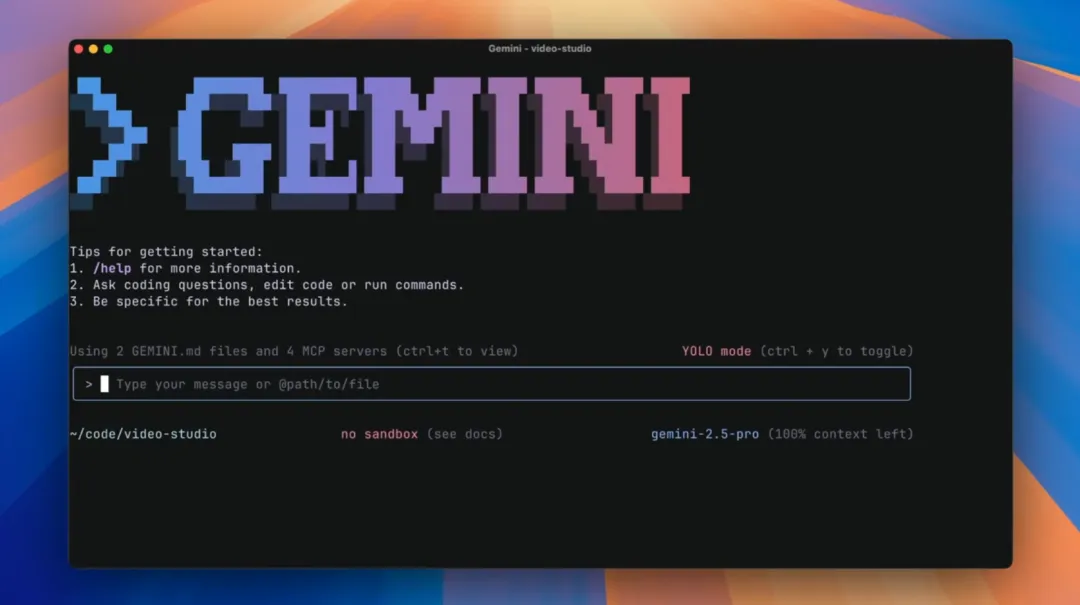
If you have a personal account, log in with your Google account for immediate access, with a limit of 60 requests per minute. For higher limits, configure your API key:
export GEMINI_API_KEY="YOUR_API_KEY"
Best Practices for Gemini CLI:
- Start with architecture understanding: Like Claude Code, when approaching a new project, have Gemini CLI help you understand the overall structure first using natural language. Note that Gemini CLI supports a 1 million token context window, making it highly effective for large-scale codebase analysis.
# Analyze project architecture
> Analyze the main architectural components of this project
# Understand security mechanisms
> What security measures does this system have?
# Get code overview
> Give me an overview of this codebase
- Leverage its multimodal capabilities: This is where Gemini CLI truly shines.
# Generate app from PDF
> Create a new app based on this PDF design document
# Generate code from sketch
> Generate frontend code based on this UI sketch
# Image processing tasks
> Convert all images in this directory to PNG format and rename using EXIF data
- Explore tool integrations: Gemini CLI can integrate with multiple tools and MCP servers for enhanced functionality.
# Connect external tools
> Use MCP server to connect my local system tools
# Media generation
> Use Imagen to generate project logo
# Search integration
> Use Google search tool to find related technical documentation
Summary:
Be project-oriented: Always launch Gemini from your project directory for better contextual understanding
Maximize multimodal features by using images, documents, and other media as inputs, not just text
Explore tool integrations by connecting external tools with MCP servers
Enhance search capabilities by using built-in Google search for up-to-date information
AI Code is Outdated on Arrival. Here’s How to Fix it with Milvus
AI coding tools like Claude Code and Gemini CLI are powerful—but they have a blind spot: they don’t know what’s current.
The reality? Most models generate outdated patterns straight out of the box. They were trained months ago, sometimes years. So while they can generate code quickly, they can’t guarantee that it reflects your latest APIs, frameworks, or SDK versions.
Real example:
Ask Cursor how to connect to Milvus, and you might get this:
connections.connect("default", host="localhost", port="19530")
Looks fine, except that method’s now deprecated. The recommended approach is to use MilvusClient but most assistants don’t know that yet.
Or take OpenAI’s own API. Many tools still suggest gpt-3.5-turbo via openai.ChatCompletion, a method deprecated in March 2024. It’s slower, costs more, and delivers worse results. But the LLM doesn’t know that.
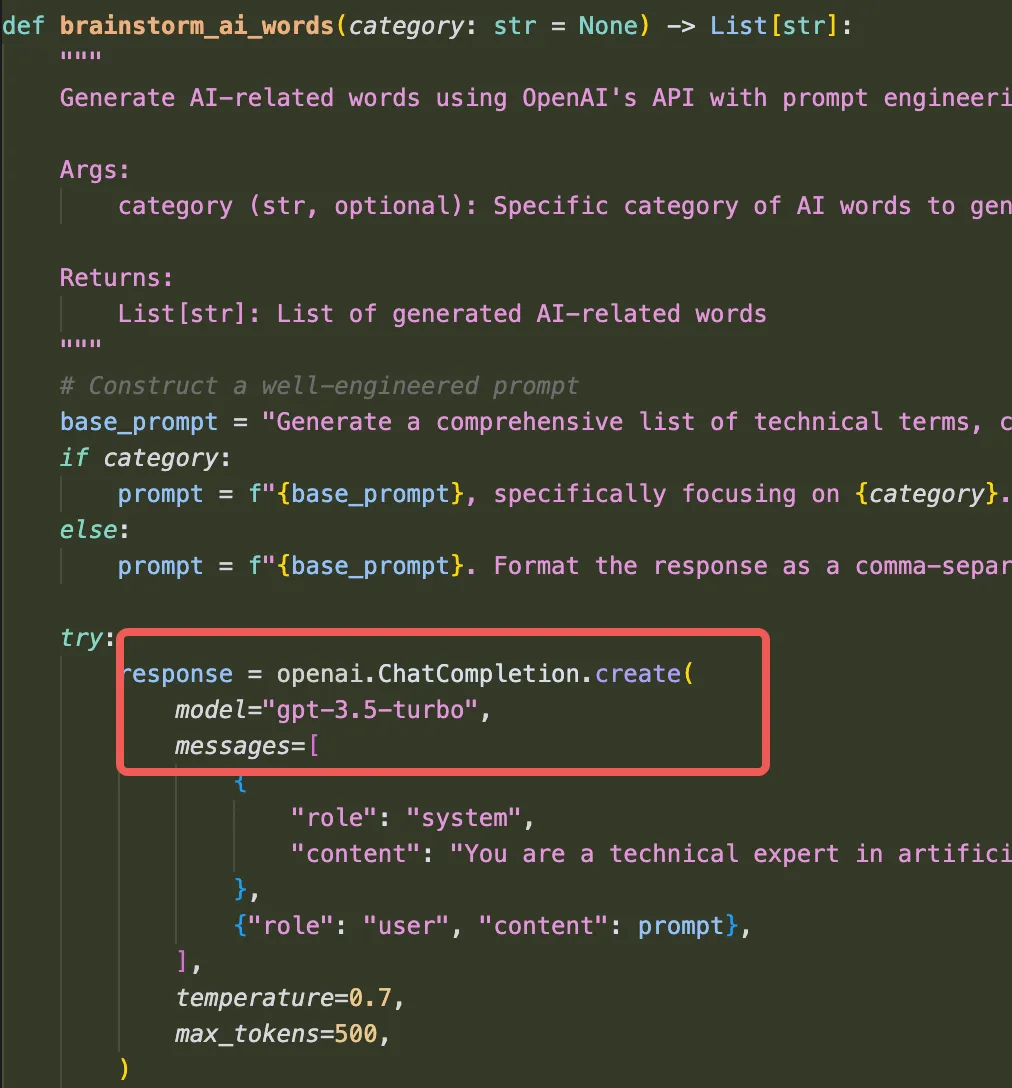

The Fix: Real-Time Intelligence with Milvus MCP + RAG
To solve this, we combined two powerful ideas:
Model Context Protocol (MCP): A standard for agentic tools to interact with live systems through natural language
Retrieval-Augmented Generation (RAG): Fetches the freshest, most relevant content—on demand
Together, they make your assistant smarter and current.
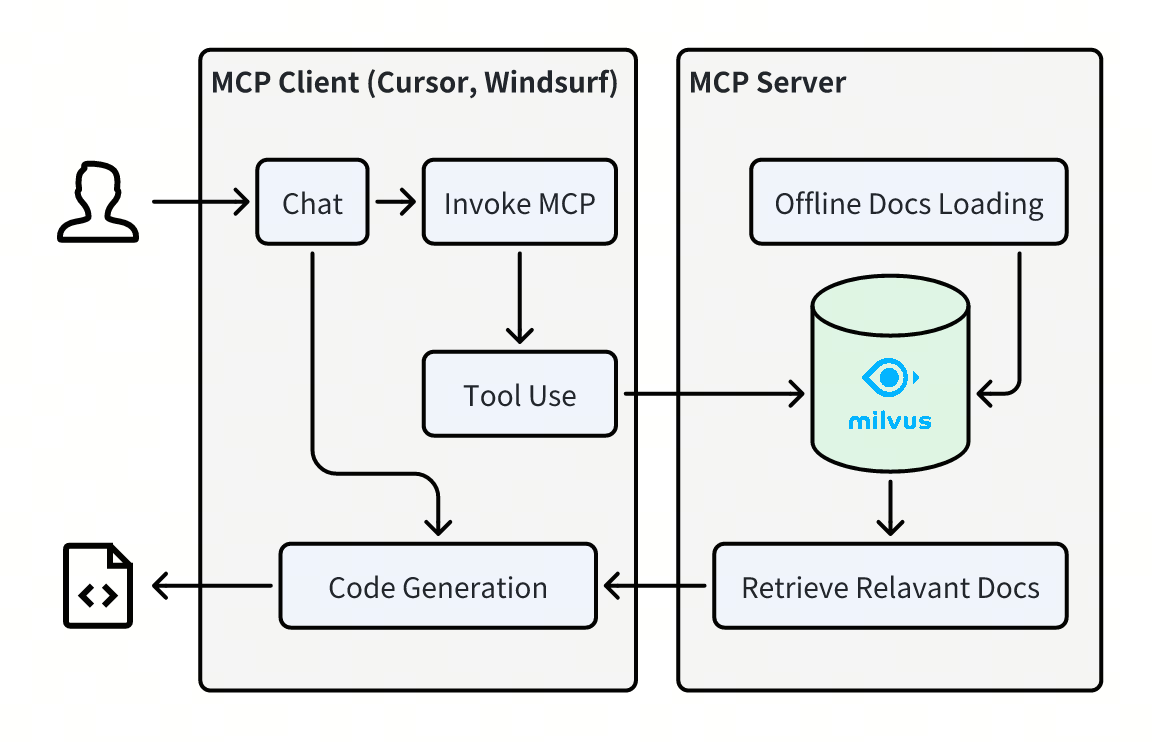
Here’s how it works:
Preprocess your documentation, SDK references, and API guides
Store them as vector embeddings in Milvus, our open-source vector database
When a dev asks a question (e.g. “How do I connect to Milvus?”), the system:
Runs a semantic search
Retrieves the most relevant docs and examples
Injects them into the assistant’s prompt context
- Result: code suggestions that reflect exactly what’s true right now
Live Code, Live Docs
With the Milvus MCP Server, you can plug this flow directly into your coding environment. Assistants get smarter. Code gets better. Devs stay in flow.
And it’s not just theoretical—we’ve battle-tested this against other setups like Cursor’s Agent Mode, Context7, and DeepWiki. The difference? Milvus + MCP doesn’t just summarize your project—it stays in sync with it.
See it in Action: Why Your Vibe Coding Generates Outdated Code and How to Fix It with Milvus MCP
The Future of Coding is Conversational—And It’s Happening Right Now
The terminal AI revolution is just beginning. As these tools mature, we’ll likely see even tighter integration with development workflows, better code quality, and solutions to the currency problem through approaches like MCP+RAG.
Whether you choose Claude Code for its quality or Gemini CLI for its accessibility and power, one thing is clear: natural language programming is here to stay. The question isn’t whether to adopt these tools, but how to integrate them effectively into your development workflow.
We’re witnessing a fundamental shift from memorizing syntax to having conversations with our code. The future of coding is conversational—and it’s happening right now in your terminal.
Keep Reading
- Why Developers Are Ditching IDEs for AI-Powered Terminals
- Claude Code or Gemini CLI? Choose Your Co-Pilot Wisely
- When to Choose Claude Code vs Gemini CLI?
- Claude Code vs. Gemini CLI: Setup and Best Practices
- AI Code is Outdated on Arrival. Here’s How to Fix it with Milvus
- The Future of Coding is Conversational—And It's Happening Right Now
- Keep Reading
On This Page
Try Managed Milvus for Free
Zilliz Cloud is hassle-free, powered by Milvus and 10x faster.
Get StartedLike the article? Spread the word
